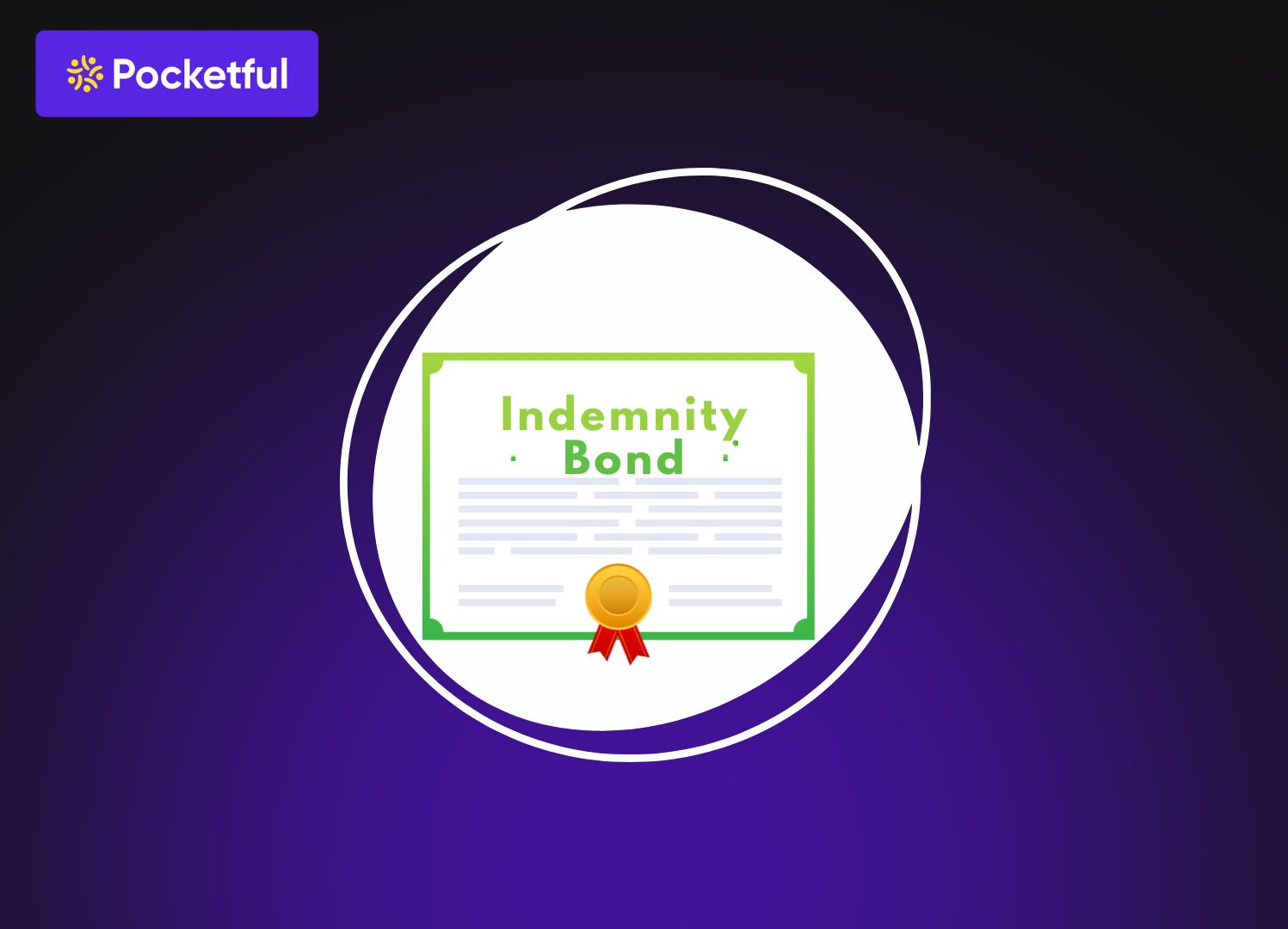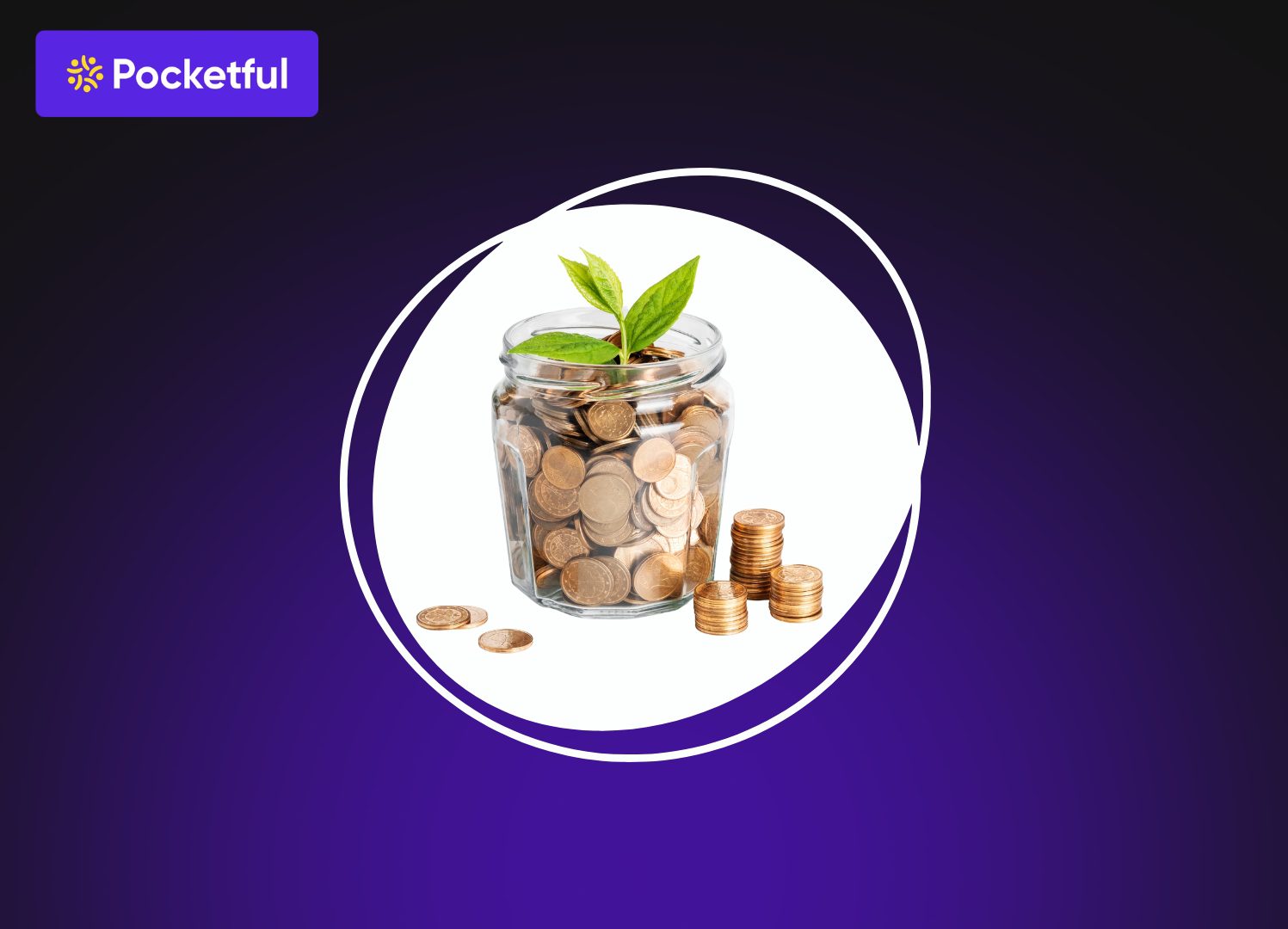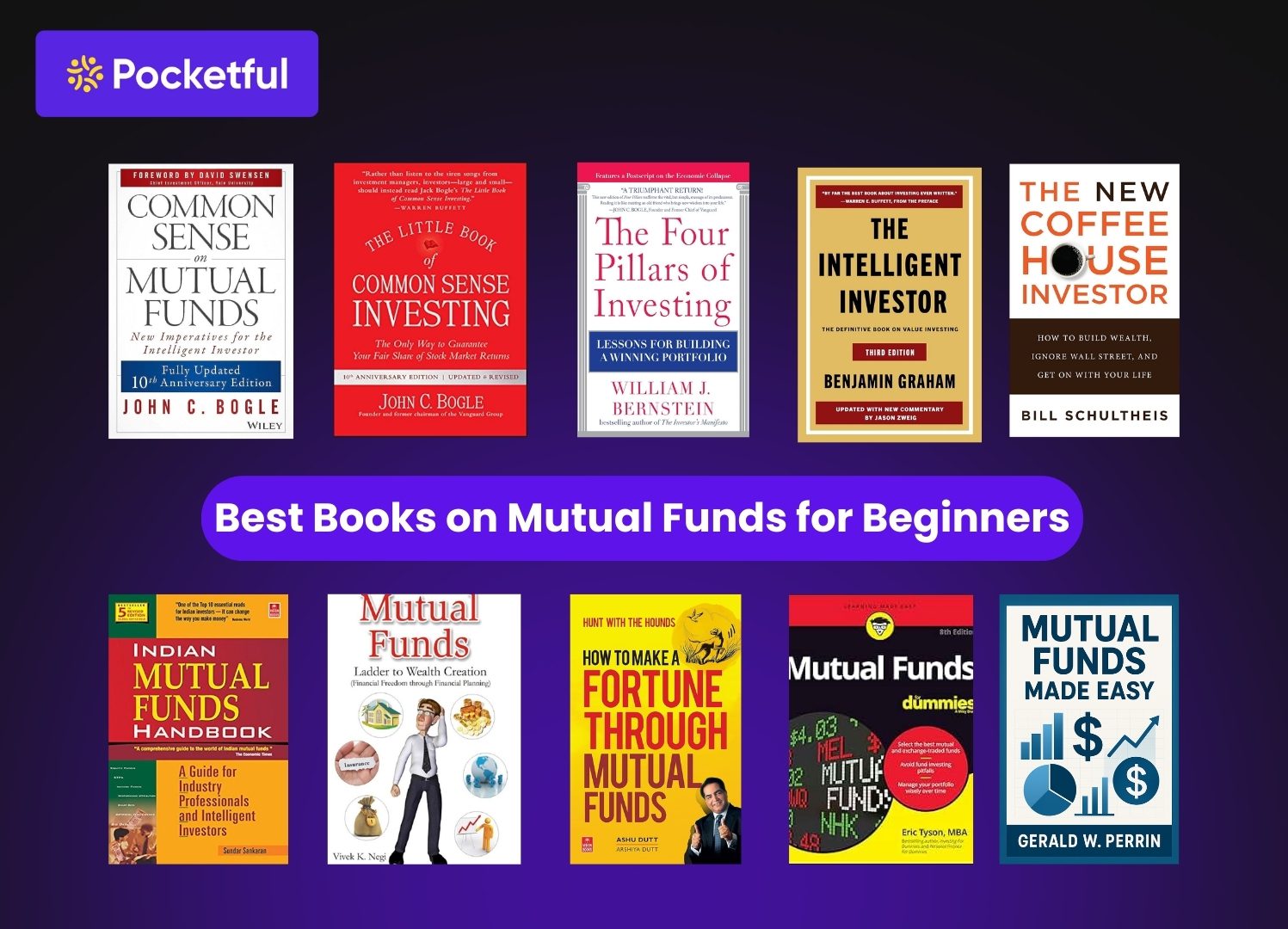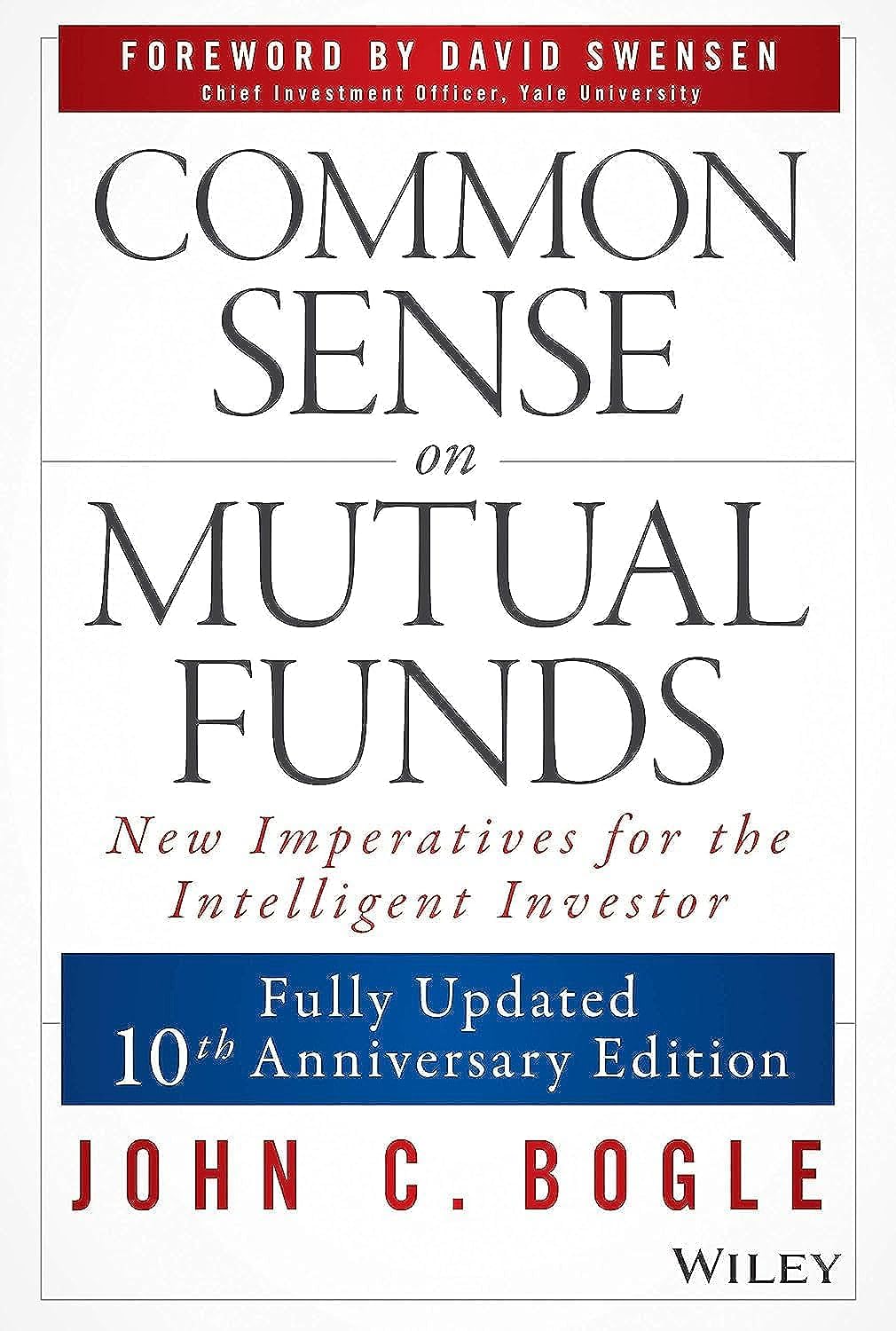What if you have misplaced your original share certificates and requested the company to issue a duplicate one? The company will ask you for a bond to protect itself from potential financial losses arising from the misuse of the original share certificate, should it resurface later. This protective document is known as an “Indemnity Bond”.
In today’s blog post, we will provide you with a detailed overview of what an indemnity bond is, its key features and importance, and the differences between an affidavit and an indemnity bond.
Meaning of Indemnity Bond
An indemnity bond is a legal contract in which one party agrees to bear the financial loss or liability incurred by another party. This bond can be considered as a risk-transfer mechanism which ensures that any loss will be paid by the other party. The indemnity bond clearly states the risks and liabilities.
This bond generally includes details such as names of parties involved in the transaction, nature of indemnity, amount of liabilities, and the conditions under which the bond became applicable, and this indemnity bond needs to be properly stamped and can be used in civil and government processes.
Features of Indemnity Bond
The key features of an indemnity bond are as follows:
- Contract: An indemnity bond is a legal written contract which indicates the terms and conditions of the indemnity.
- Protect Losses: The primary objective of an indemnity bond is to protect the individual against any financial losses or legal liabilities.
- Period: The indemnity contract defines the liability period during which it is enforceable.
- Signature: The indemnity bond or contract needs to be signed by the parties involved in it.
- Executed: The indemnity contract must be executed on non-judicial stamp paper.
- Notarise: Sometimes, as per the local regulations, it is required to get it notarised.
Read Also: Straight Bond: Key Features, Benefits & Risks
Importance of using an Indemnity Bond
There are various important uses of an indemnity bond. A few of the important ones are as follows:
- Legal Assurance: An indemnity bond provides legal protection in case of any financial loss due to any specific event.
- Risk Reduction: An Indemnity bond helps transfer the risk of loss from one party to another in the event of unforeseen circumstances.
- Customisation: The terms of the indemnity bond can be customised based on the specific needs of both parties.
- Enforceable: When the bond is executed on stamp paper and is notarised, then it becomes legally enforceable in court on grounds of breach of contract.
Calculation of Stamp Duty on Indemnity Bond
Calculation of stamp duty on an indemnity bond is governed by the Indian Stamp Act, 1899, along with state-specific stamp laws. The amount of duty varies from one state to another. The step-by-step process of how the stamp duty is calculated is mentioned below:
- The first step is to identify the value of the indemnity bond. The amount generally includes the maximum liability or coverage which an indemnifier agrees to cover.
- Then you need to refer to the stamp duty rate based on your state. These rates are generally fixed or sometimes depend on the value of the bond.
- After the calculation of stamp duty, you are required to purchase the non-judicial stamp paper of appropriate value.
Read Also: What is Government Bond
Difference between Affidavit and Indemnity Bond
There are significant differences between an affidavit and an indemnity bond; a few of these differences are mentioned below:
| Particular | Affidavit | Indemnity Bond |
|---|---|---|
| Meaning | It is a written document of facts voluntarily taken as sworn and is notarised. | It is a legal contract in which one party agrees to compensate the other party for the loss. |
| Objective | The objective of an affidavit is to declare facts truthfully. | An indemnity bond is used to protect against financial or legal liabilities. |
| Type | It is declaratory. | It is contractual. |
| Liabilities | It does not involve any direct liabilities. | It carries liabilities by the indemnifier. |
| Notarization | Notarization of the affidavit is required. | It is advisable to get an indemnity bond notarised, but it is not always mandatory. |
| Usage | It is generally used for lost certificates, changes in name, address proofs, and other types of declarations etc. | An indemnity bond includes the refund claims, transfer of shares, property matters, etc. |
Read Also: What is Insurance Bond?
Types of Indemnity Bond
The various types of indemnity bond include:
1. Indemnity bond for property
In this, the indemnity bond is used when there is a transfer of property ownership when original documents are missing. In such cases, municipal authorities or registrars may require an indemnity bond.
2. Indemnity bond for banks
The indemnity bond is also required when the fixed deposit receipts or account instruments are lost. By giving this bond, the bank will not be held liable for the loss of the instrument if it is misused.
3. Loss of Share Certificates
When the share certificates are lost or misplaced, the investor must submit an indemnity bond to the company in order to obtain a duplicate share certificate.
4. Loan Repayment
There might be certain cases in which the loan provider asks for the indemnity bond. This generally occurs when a guarantor is unavailable or when required documents are missing.
Read Also: What are Social Bonds?
Conclusion
On a concluding note, an indemnity bond is a vital legal instrument that safeguards individuals and companies against potential financial or legal liabilities. Various types of indemnity bonds are available to suit different needs, and executing one requires payment of the applicable stamp duty. It is always advisable to consult a qualified legal advisor before entering into any indemnity bond.
Frequently Asked Questions (FAQs)
Can an indemnity bond be legally enforceable?
Yes, an indemnity bond can be legally enforceable in a court. It must be executed with proper stamp duty; while notarization adds evidentiary value, it is not mandatory for enforceability.
Which party prepares the indemnity bond?
The indemnifier prepares the indemnity bond.
What is an indemnity bond?
An indemnity bond is a legally enforceable contract in which one of the parties agrees to compensate the other for any potential loss or legal liability.
When an indemnity bond is required?
An indemnity bond is required in different situations, like loss of shares, transfer of property or assets, etc.
What is the difference between an affidavit and an indemnity bond?
An indemnity bond is a promise to compensate for the losses or damages, whereas an affidavit is a sworn statement of some facts.




















